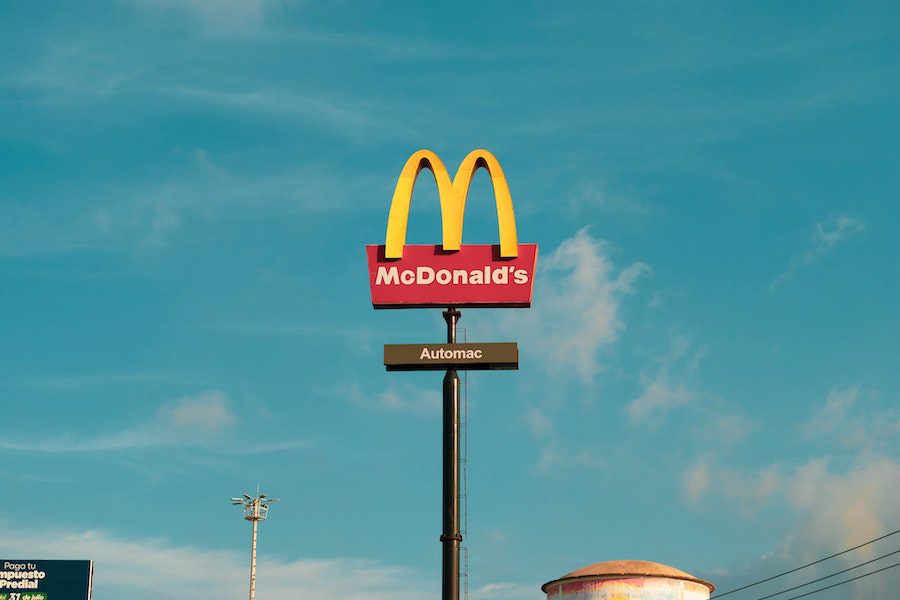The firsts years
The history of McDonald’s begins in the 1940s in San Bernardino, California. Richard and Maurice McDonald, two brothers with an innovative vision, opened a small fast food restaurant called “McDonald’s Bar-B-Q” in 1940. Their initial menu included a variety of dishes, but they soon realized that hamburgers, milkshakes and the fries were a customer favorite.
The Speedee System

In 1948, the McDonald brothers closed their restaurant for a few months to undergo significant restructuring. When they reopened, they introduced the “Speedee Service System”, a revolutionary concept that focused on efficiency and speed. This system eliminated unpopular menu items and focused on a simplified menu that allowed orders to be prepared in less than a minute. The new approach also included a kitchen specifically designed to maximize speed and efficiency, using assembly line production methods inspired by automotive factories.
Ray Kroc and the Expanse
The real change for McDonald’s came in 1954 when Ray Kroc, a Multimixer milk mixer salesman, visited the McDonald brothers’ restaurant. Impressed by the efficiency of the Speedee system, Kroc saw the potential to expand this concept nationwide. In 1955, Kroc founded the McDonald’s Corporation and opened the first McDonald’s restaurant under this new management in Des Plaines, Illinois.
Kroc had an ambitious vision and great business skills. Their approach was to standardize the menu and preparation methods across all restaurants, ensuring that customers had the same experience no matter which McDonald’s they ate at. This franchise model allowed for rapid expansion. By 1959, there were more than 100 McDonald’s restaurants in the United States.
Innovations and Marketing

During the 1960s and 1970s, McDonald’s continued to innovate and expand. The introduction of the iconic Big Mac in 1968, created by franchisee Jim Delligatti, became a huge success. In 1973, McDonald’s introduced the Egg McMuffin, starting the concept of breakfast in fast food.
Marketing also played a crucial role in McDonald’s growth. The company launched memorable advertising campaigns, such as the Ronald McDonald character in 1963, which became a familiar symbol for children. Promotions like Happy Meals, introduced in 1979, also helped attract families.
Globalization
The next big step for McDonald’s was international expansion. The first restaurant outside the United States opened in Richmond, British Columbia, Canada, in 1967. From there, McDonald’s began to rapidly expand around the world. Each new market adapted the menu slightly to suit local tastes, which contributed to its global success.
Social Responsibility and Sustainability
In recent decades, McDonald’s has faced challenges related to health, nutrition and the environment. The company has responded by introducing healthier options, such as salads and fruit, and committing to more sustainable practices, such as reducing plastic packaging and improving animal welfare in its supply chain.
From humble beginnings as a small restaurant in California, McDonald’s has grown to become a global fast food giant with thousands of restaurants in more than 100 countries. The innovative vision of the McDonald brothers, combined with the business acumen of Ray Kroc, created a business model that has stood the test of time and continues to evolve to meet the demands of today’s consumers. McDonald’s story is a testament to the power of innovation, efficiency and adaptability in the business world.